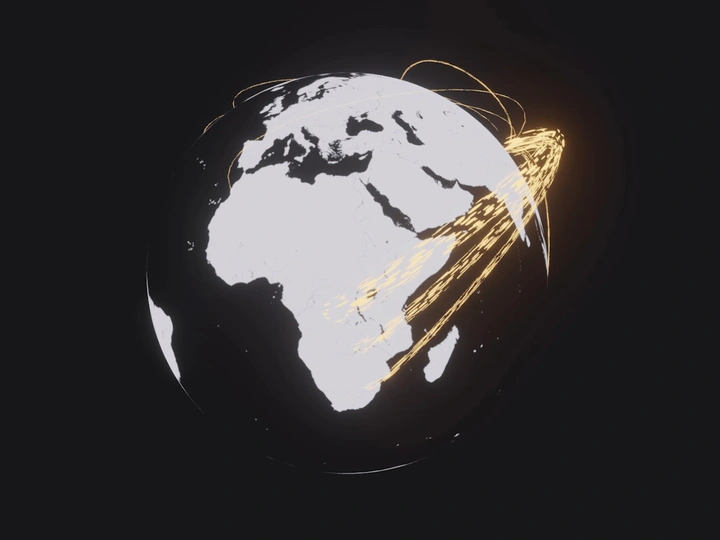Blue Cobalt. Geographies of the neo-extractive era

Federico Godino
Erpinio Labrozzi
Filippo Tartaglia
Mattia Tettoni
Luigi Tredicine
Federico Godino is an architect living and working in Milan. He graduated in Politecnico di Milano with a thesis on platform economies in the city of Sao Paulo. Since then his research interest has been focused in describing immaterial phenomena and their impact on reality. He published for many journals, magazines and conferences and he’s the organizer of Zones’s Portuaires festival architecture and urbanism public program, he currently works for Stefano Boeri Architetti.
Erpinio Labrozzi graduated as an Architect in 2019. Curious by nature, Erpinio’s main interests lie in architectural and urban scale design, with a focus on environmentally and socially sustainable practices. He is a researcher and teaching assistant in Politecnico di Milano, where he works on regenerative architectural design and ecological transition projects. Also, as a freelance architect, he incorporates the topics of his research into real-life projects.
Mattia Tettoni is an architect and researcher, graduated from Politecnico di Milano. He worked for Stefano Boeri Architetti from 2018 to 2021 and previously collaborated with Openfabric and was part of URBAN LAB research (DAStU - PoliMi). Currently he is a PhD Student at Università Iuav di Venezia. The aim of his research is to consider the Alps not only as a recreational and rural region, but as a complex network of alteration and abandonment. Through photography he studies the territory and its transformations.
The research investigates the trans-scalar relationships and the environmental and social impacts embodied in consumer electronics and automotive. In particular, the project examines global, continental (Europe), and local (Piedmont-Italy), flows and extraction dynamics of cobalt.
The use of cobalt in lithium-ion batteries makes this material crucial for the environmental transition while at the same time being responsible for habitat and biodiversity loss, soil erosion, water pollution, labor exploitation, and cycles of violence, especially in developing countries such as Democratic Republic of Congo (DRC).
A 3D animation and other data visualization render the flows of the material on a global scale and the geopolitical dynamics of the phenomena, with the DRC and China being, respectively, the leading exporter and primary importer of the mineral. China additionally dominates the global production of refined cobalt, which accounted for more than 60% of the world’s total in 2018.
Paradoxically, the European Union’s Green New Deal includes policies that involve the expansion of mining of non-renewable resources with consequences for climate, ecosystems, and local communities. This renewed interest in the European Union for cobalt extraction from indigenous sources is demonstrated by maps and video content at the continental scale.
In particular, in the Western Alps, in the municipalities of Usseglio and Balme (Italy), new plans are in place for mineral extraction. Will this activity be compatible with strategies for sensibly using mountain ecosystems?
The first outcome of the research is a video essay part of the exhibition “Climate Wunderkammer”, a collateral event of the Venice Biennale. It will be on display in Palazzo Badoer, Venezia, from the 20th of May to the 26th of November, 2023.
Further outcomes will be on/site photographic research, conferences, and papers.